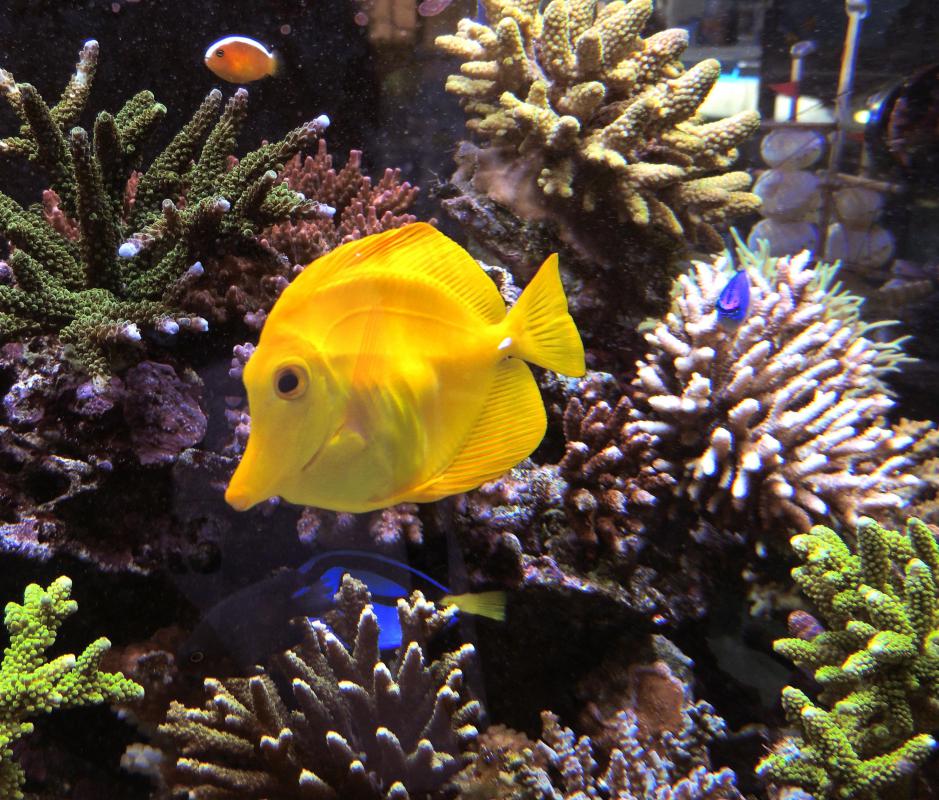At TheHealthBoard, we're committed to delivering accurate, trustworthy information. Our expert-authored content is rigorously fact-checked and sourced from credible authorities. Discover how we uphold the highest standards in providing you with reliable knowledge.
In Anatomy, What Is a Lamella?
A lamella is a thin, rigid plate-like structure. Etymologically, it comes from the word lamina, meaning "a small plate." Lamellae generally are layered, alternating with a lamella, then a thin layer of fluid, then another lamella.
This structure appears extensively in biology because it has two benefits. The lamellar structure provides material strength with less weight than a comparable thickness of a solid material and less brittleness than a comparable solid weight of the material, like the difference between corrugated cardboard and paper. A lamellar structure also increases surface area, and depending on the substance of which the lamella is made, some substances might be able to slowly permeate through the lamella, allowing it to be used as a filter or a delivery system.

For humans, the primary example of lamellar structure is found in the Haversian canals. Named for the 17th century doctor Clopton Havers, who first published their description, these lamellae are ring-shaped channels running parallel to the surface of a bone, allowing capillaries to carry oxygen and nutrients to the cells of the bone. Nerves and lymphatics also travel through the Haversian canals.

There are a few other references to lamellae in medicine. During fetal development, the precursors to the prepuce — tissue present in the urinary and reproductive systems — are referred to as lamellae. Lamellar ichthyosis is a disorder, generally genetic, that causes the sufferer's skin to develop a scaly appearance similar to fish skin. Lamellae also are associated with structures that help cells move in microbiology. Finally, some medications for conditions such as warts, corns and cataracts are delivered through manmade lamellar structures applied to the surface of the condition or underneath the eyelid.

Examples of lamellae in nonhuman biology include the gills of fish, which use the increased surface area to improve the transfer of oxygen out of water. Certain lizards, such as chameleons, have lamellae on their feet to improve their grip on vertical surfaces. Lamellae in plant chloroplasts house chlorophyll that allows photosynthesis to occur.
AS FEATURED ON:
AS FEATURED ON:













Discuss this Article
Post your comments